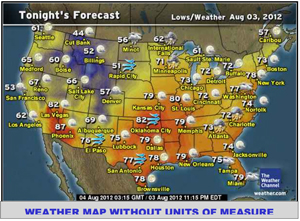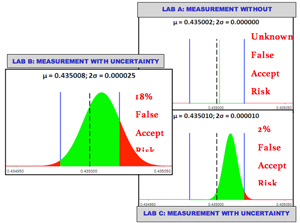The interesting thing about evolution is that change is inevitable, yet we are so resistant to change. Those who are closest to a change event are typically evenly divided: about half embrace the change and the other half fight it every step of the way. In the end, change happens regardless of how each of us chooses to deal with it.
So, it goes with the evolution of technology. Throughout history, a very slow evolution has taken place as can be seen of mankind’s attempts to invent products or develop services that make life easier and which provide an improved quality of life. It’s been a precarious balance between design concepts, available materials, the tools used to develop these designs, and our ability to accurately measure; all of which are necessary to turn each concept into reality. As one of these integral components improves, challenges arise for the others. The reason it has taken thousands of years to reach today’s technological realities is largely due to resistance to change which usually stems from a lack of understanding the reason for the change. Ultimately, it slows us down from reaching our desired goals. Today in the U.S., we are once again stalled in making progress with the relatively recent realization that a stated measurement is incomplete without a measurement uncertainty (MU) being reported as an integral part of the measurement.








